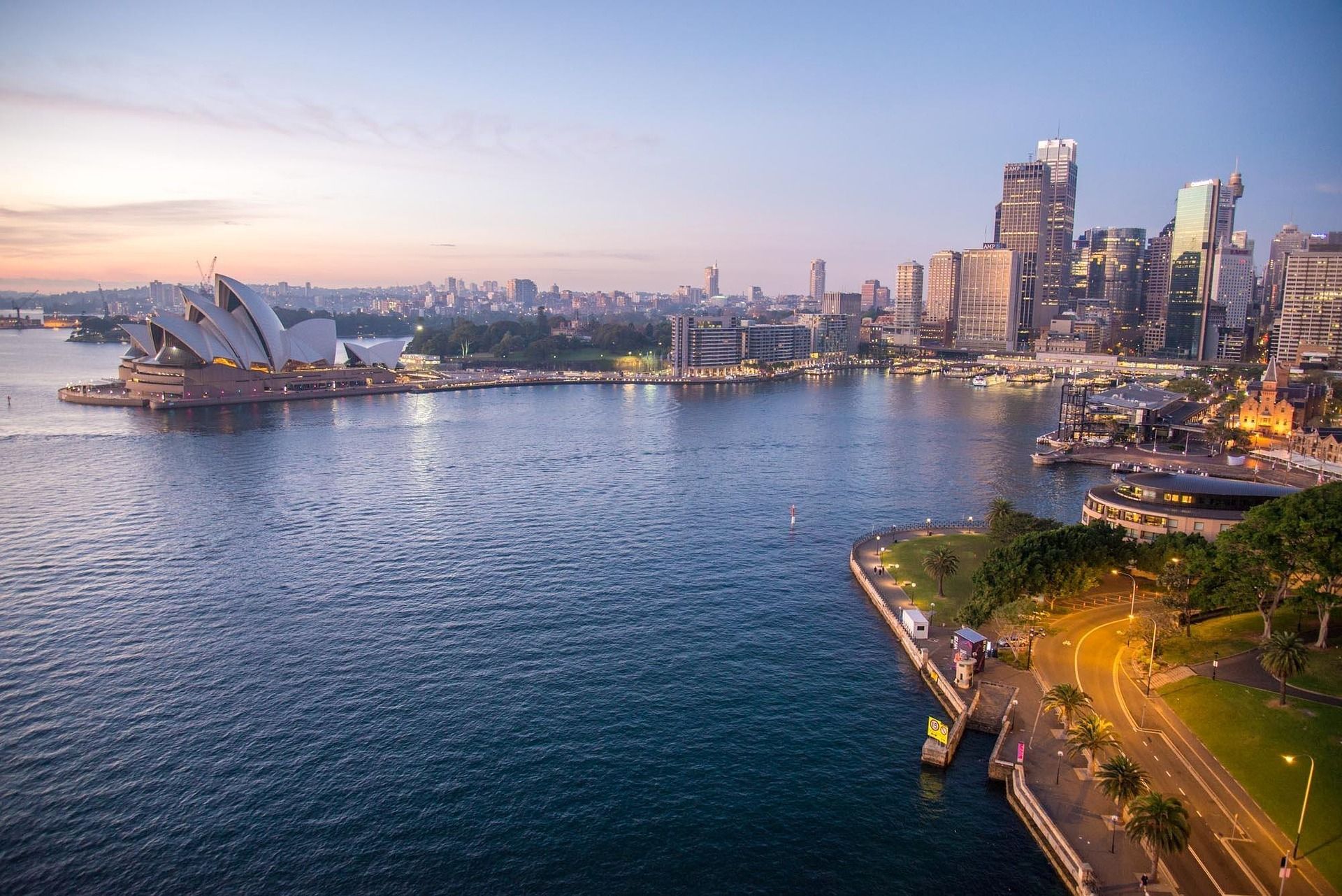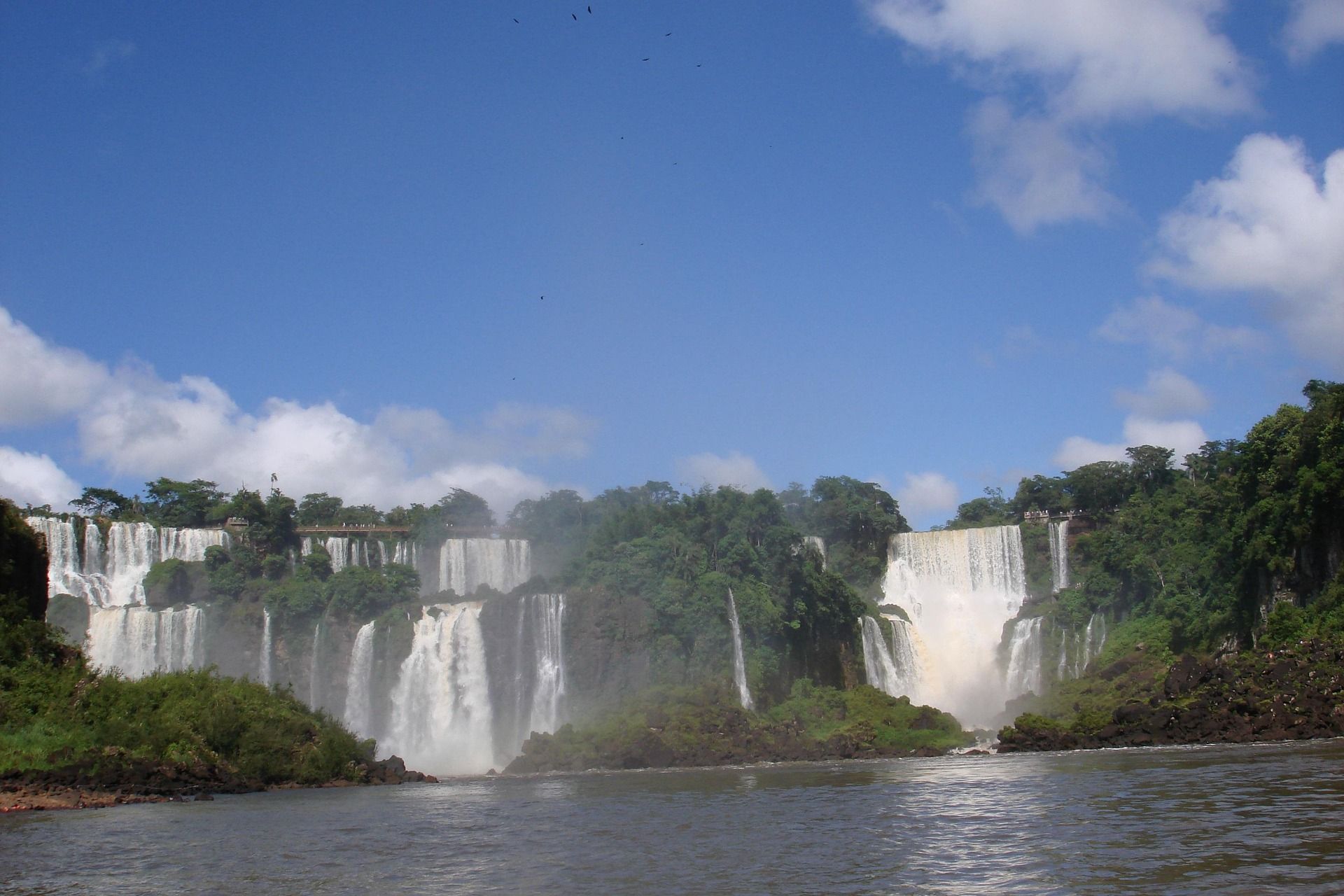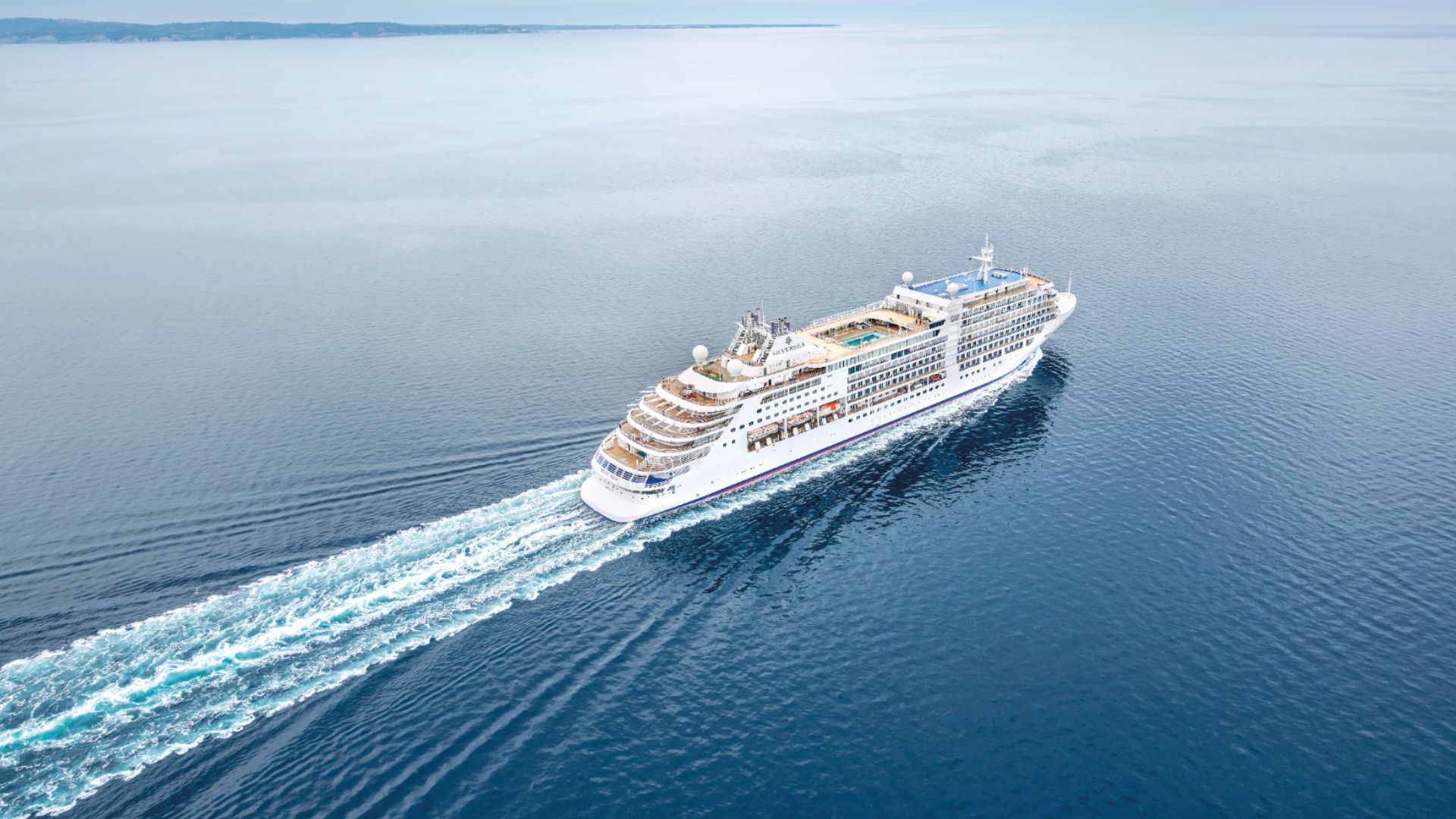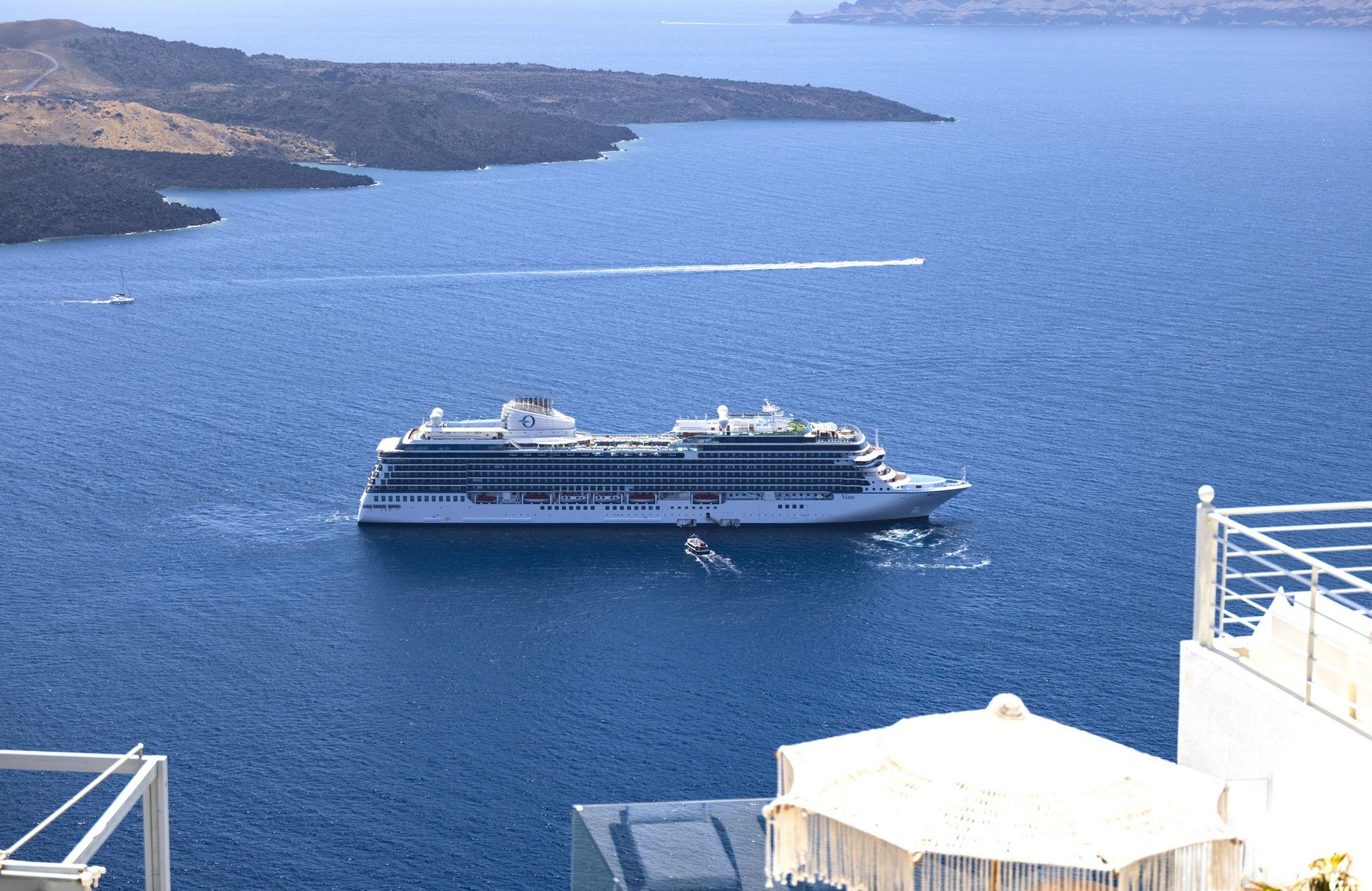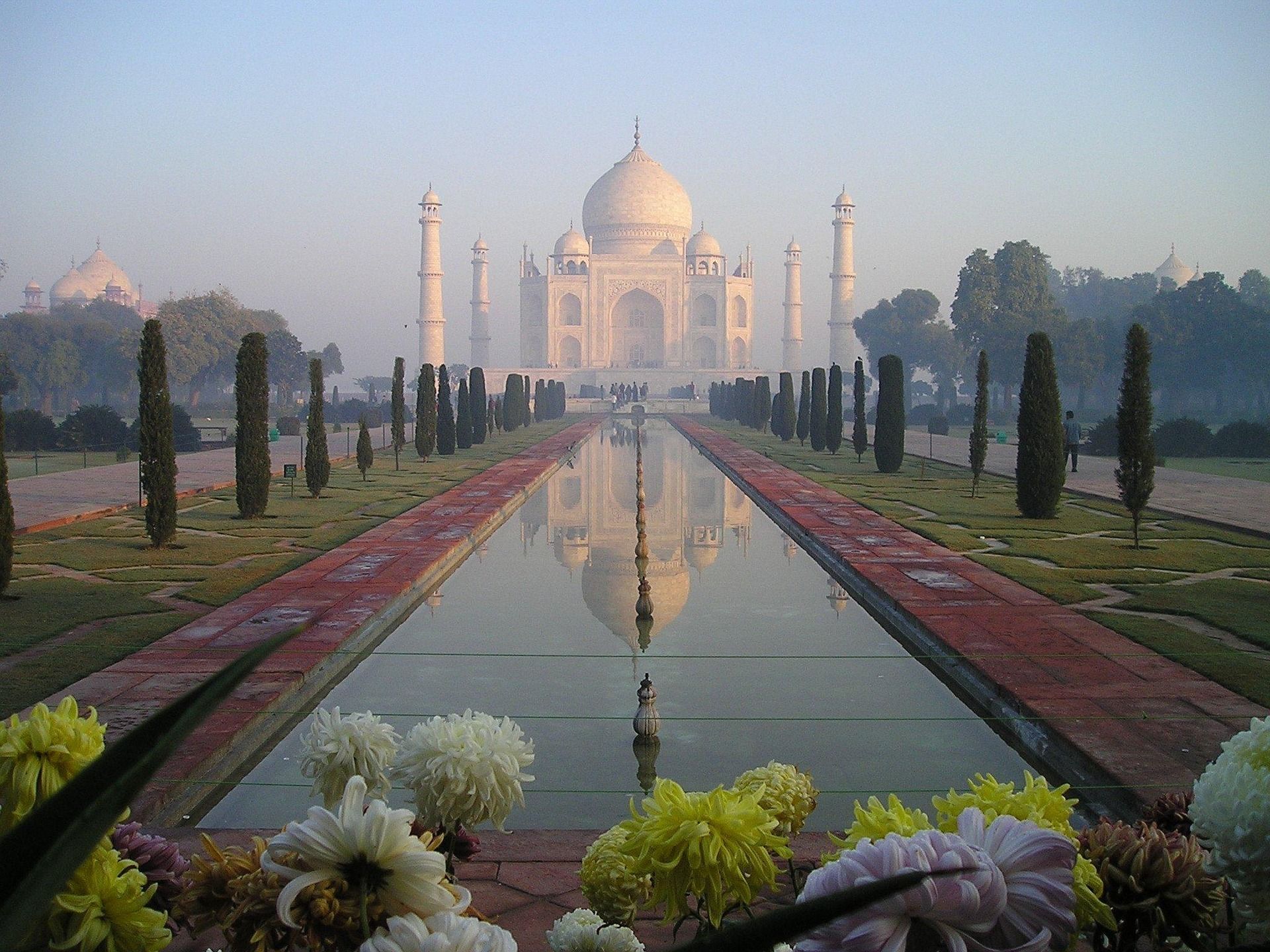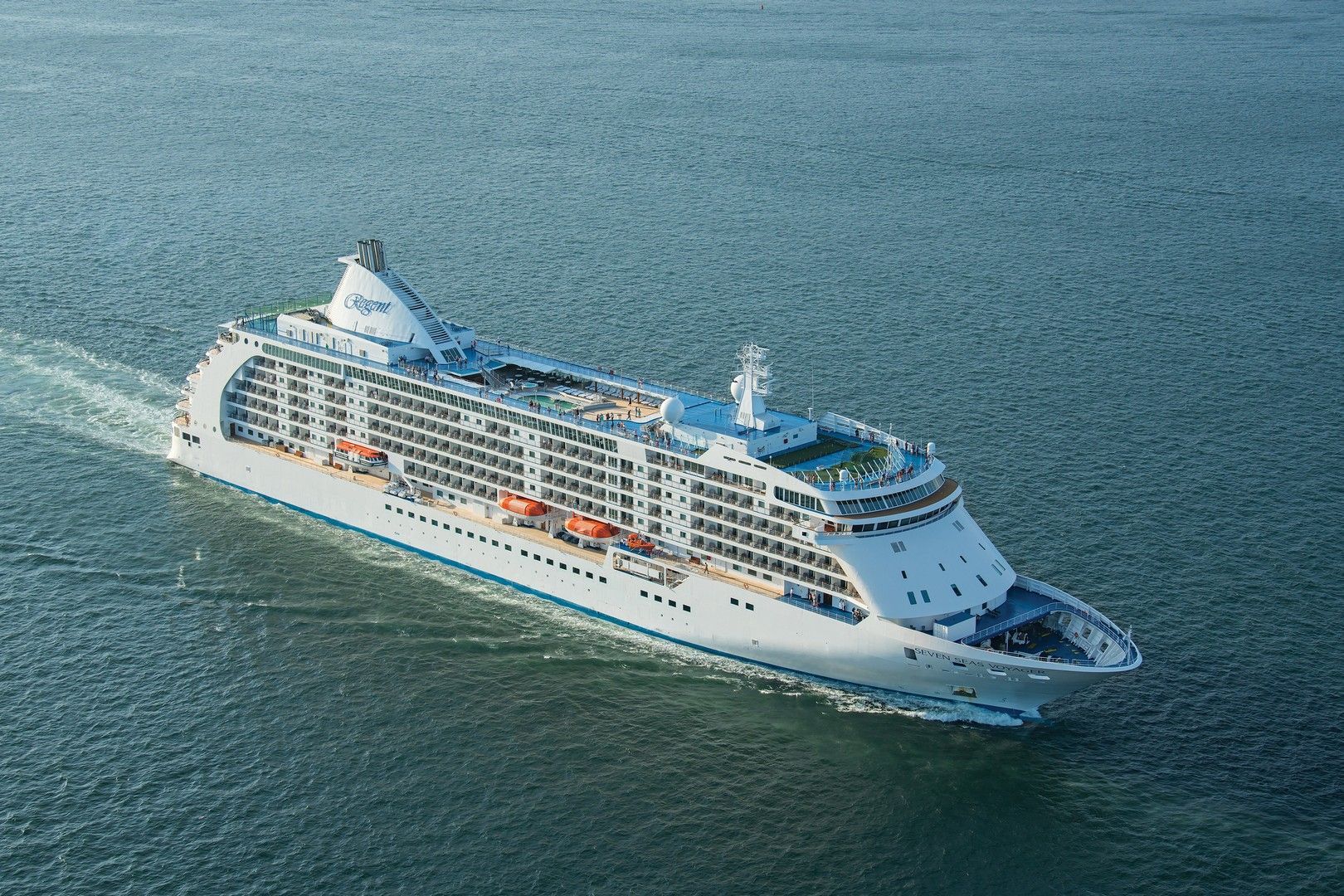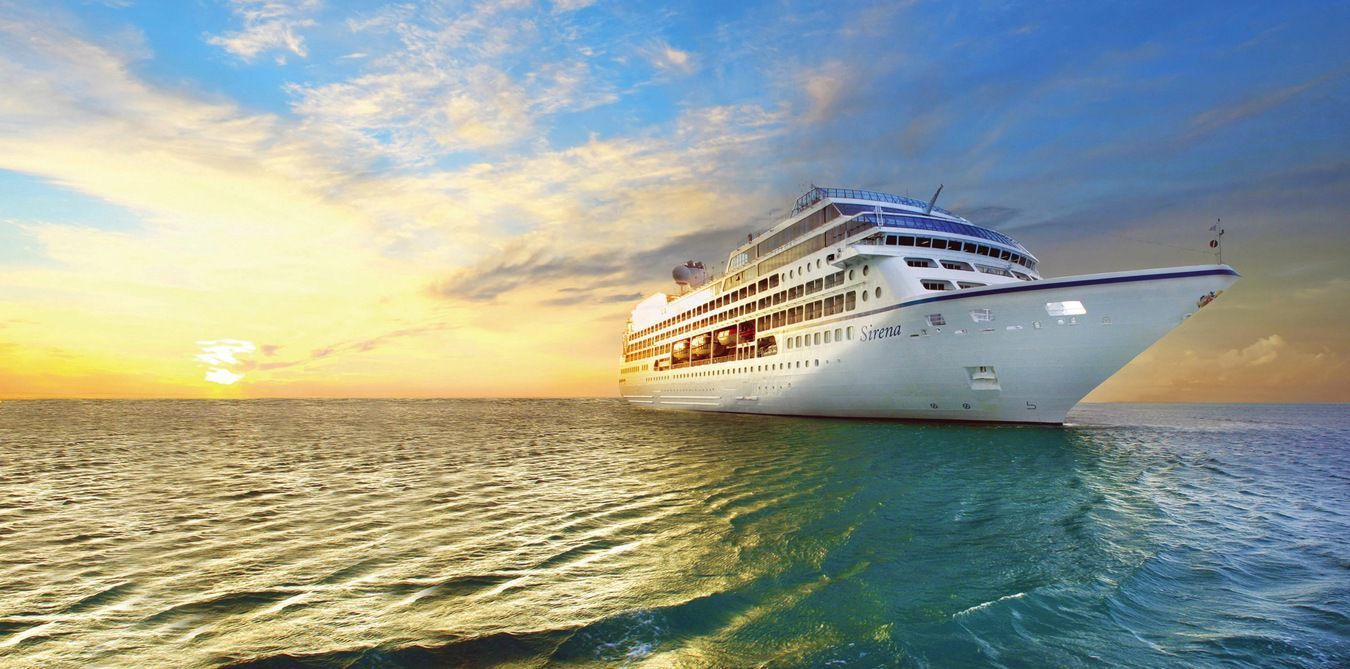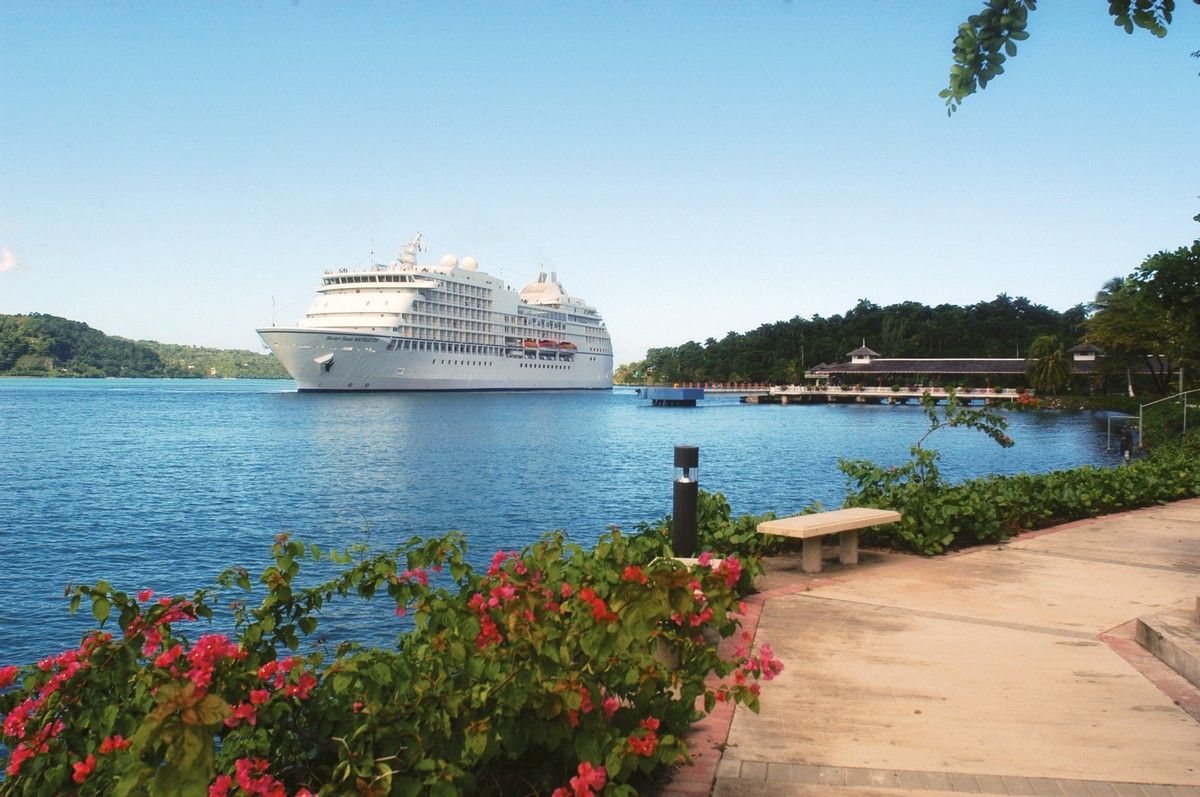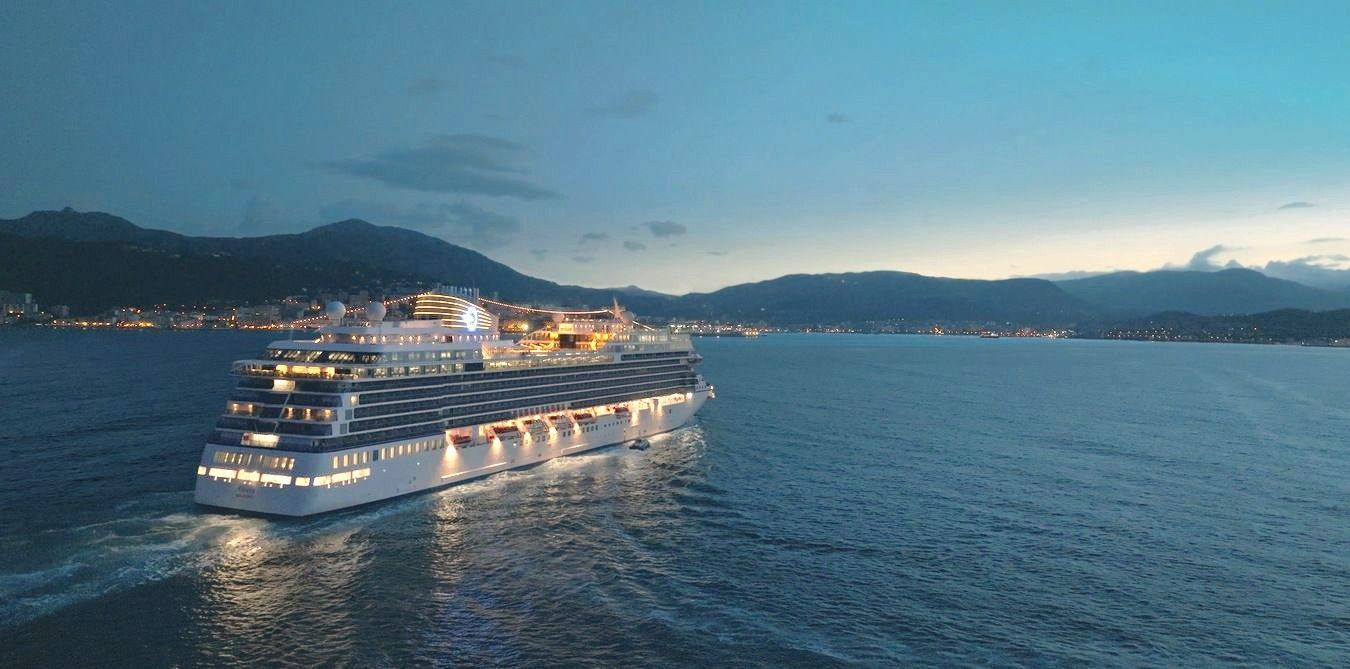Follow Us
Join our newsletter
We will get back to you as soon as possible
Please try again later
LOWER DANUBE AND RURAL HUNGARY ON EMERALD RIVER CRUISES
In this blog series looking at cruising the Lower Danube with Emerald Cruises, Amy’s final destination was Kalocsa, where she experienced rural traditions, folk dancing and artisan crafts, on an EmeraldPLUS excursion.
We had the opportunity to enjoy another EmeraldPLUS experience on Emerald Sun ; they’re not just one-off during a cruise, you’ll have at least three on a cruise on the Danube, often shoreside, but sometimes onboard too, such as a traditional folklore show. Our second EmeraldPLUS experience showed us a very different side to Hungary that’s usually experienced along the Danube, and can be enjoyed on the Enchantment of Eastern Europe itinerary from Kalocsa, which – depending on the direction of the cruise – is either the second or penultimate destination, visited immediately after or en route to Budapest, the Hungarian capital, and former co-capital of the mighty Habsburg Empire, that wielded so much influence over the region we’d been cruising.
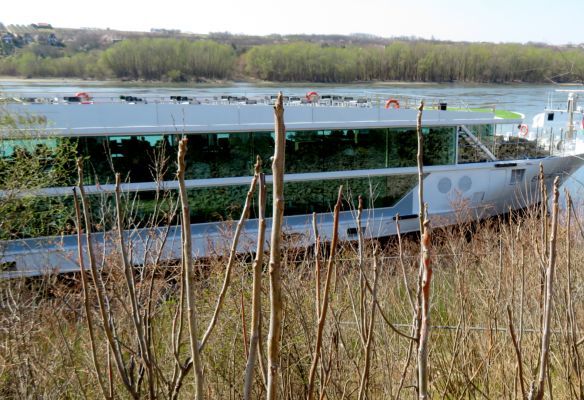
Budapest is synonymous with river cruising; it is the start or end of a classic Danube river cruise, and one of the most important and recognisable river cruise hubs in Europe. Its grand, 19th century bridges and Neo-Gothic Parliament Building in particular are evocative images that often come to mind when choosing a river cruise. Bisected by the river Danube, hilly, ancient Buda and cosmopolitan, neoclassical Pest are two cities with their own distinctive characters, each defined by proud histories, and a sense of grandeur. It’s a far cry from Kalocsa, set in the Great Hungarian Plain, a massive 20,000 square mile expanse of land covering over half of Hungary, even though Budapest is less than 90 miles away. Part of the wider Pannonian Plain, which also covers Novi Sad in Serbia and the Croatian region of Slavonia, it defines the landscapes of much of the areas we had been cruising since leaving Budapest, with the flat, sandy banks that seemed such a world away from the landscapes of the Upper Danube I’m more familiar with cruising.
KALOCSA
But Kalocsa doesn’t just differ from Budapest in terms of its landscapes. Here, we saw a more rural, traditional side to Hungary, which made for a striking contrast with the imperialism of its capital, and offered fascinating insights into the country’s culture.
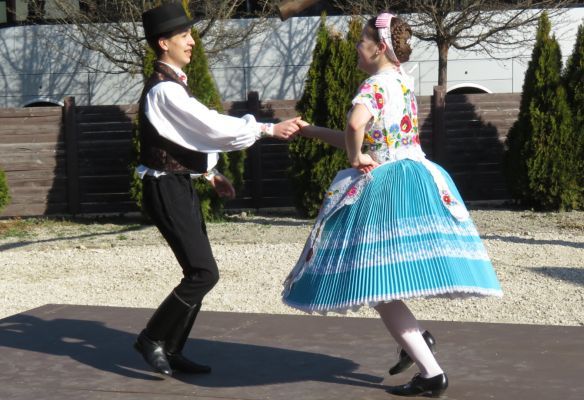
Our EmeraldPLUS excursion enabled us to enjoy a deep dive into traditions, paprika, and cowboys, starting first with a visit to the Folk Art House, where we were greeted by a young couple in traditional dress, who performed some folk dances for us.
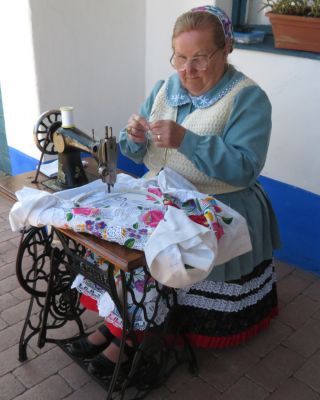
There was the ubiquitous gift shop (which was especially popular with the Americans), where you could buy various wares, but you could also watch old women work on the lace that’s famous in the region, or painting ornaments, or pop inside the restored farm house that was set up in typical style, with stunningly colourful paintings on the walls, largely of flowers, a traditional oven, and simple wood furniture.
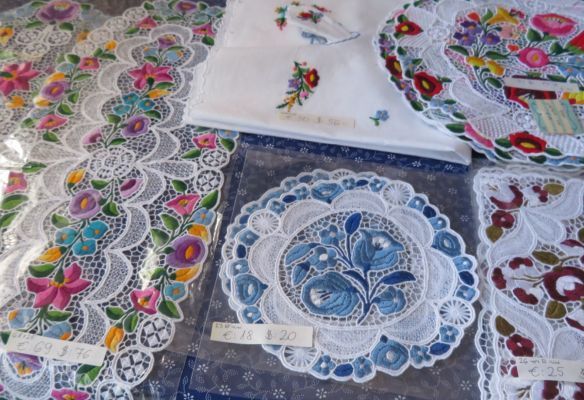
Afterwards, we visited the Paprika house to learn about the production of paprika, Hungary’s famous spice, when it’s planted and harvested (still by hand), and an opportunity to stock up, and sample some paprika pastes.
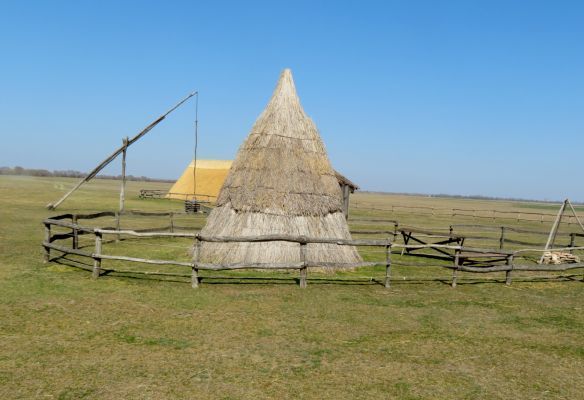
However, the highlight was the visit to a farm on the Puszta, part of the Great Hungarian Plain. Meaning abandoned, bleak, or bare, puszta is characterised by treeless plains, saline steppes and salt lakes, sand dunes, and freshwater marshes. The land stretched out, seemingly endlessly flat in a way that was reminiscent of the Netherlands.
Despite the seemingly desolate nature of the Puszta, it’s been a place rich with cultural traditions of pastoral living for over 2,000 years, from ancient nomadic tribes who left stone burial mounds called kurgans behind as their legacy to the Magyar warriors who first appeared in the late 9th century, forming a network of settlements along the Tisza River.
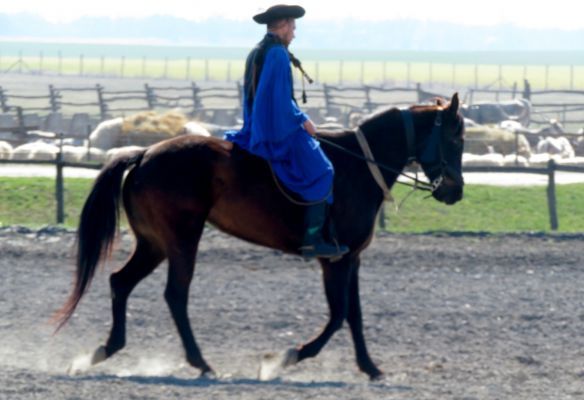
But the area is best known for the semi-nomadic mounted herdsmen, or csikósok , who are recognisable by their traditional blue or white linen shirts, trousers, and black, wide-brimmed hats with a feather. They are to the Puszta, or more specifically the 800 sq km Hortobágy National Park, what cowboys are to the great American West, and their traditional animal husbandry and horsemanship was instrumental in UNESCO declaring the National Park an UNESCO World Heritage Site, for its cultural significance as well as its natural significance.
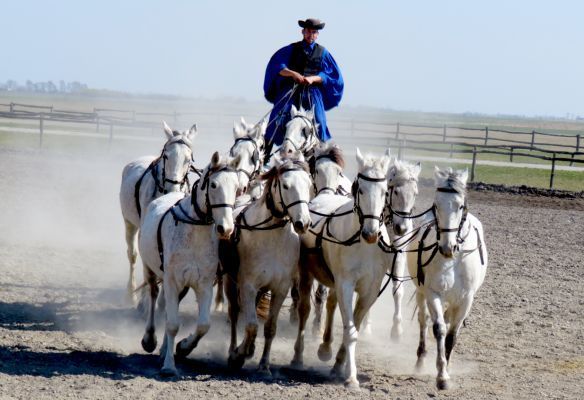
Clad in their traditional dress, we watched a number of puszta cowboys as they showcased their extraordinary horsemanship. I’m certainly no equestrian expert, but the horses were handsome and glossy, and mostly of the Nonius breed, developed over 200 years ago as heavy-boned draft horses to assist the Hungarian military, but nowadays bred to preserve the horse as part of folk heritage. However, it has to be said, that the donkey was my favourite! We saw how the cowboys had a close relationship with their horse (or donkey), enabling them to train in specific practises that came about as a result of their traditional livelihoods.
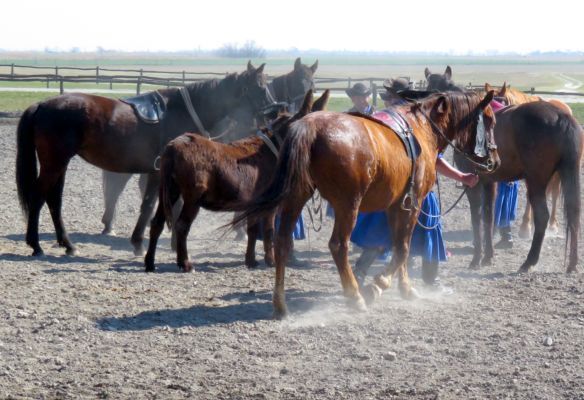
Back in the 18th and 19th centuries, when the horses were first bred, the Hungarian Plains were often an area of lawlessness, roamed by highwaymen attacking travellers, so the cowboys trained the horses for conflict, teaching them to lie flat on command to conceal them in the grassland, and familiarising them to the sounds of gunshots by striking the ground with their whips, both of which we witnessed during the demonstration.
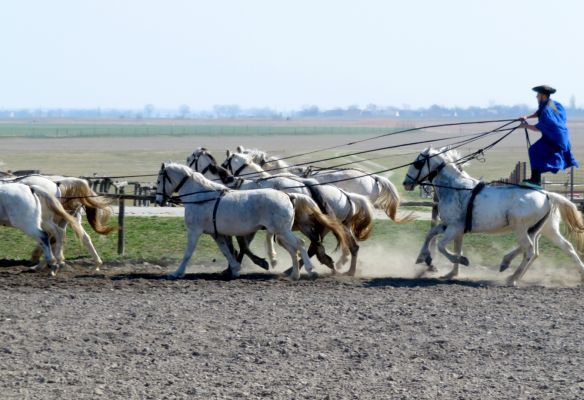
Not all practices date as far back, but were an impressive spectacle to watch nonetheless, most notably the Puszta Five formation, which dates back to the 1920s based on an artist painting a scene of a herdsman simultaneously riding two horses with a foot planted on each backside while also steering three more horses in front of him, although this was said to be a work of pure fiction until a particularly determined herdsman brought it to life in the 1950s.
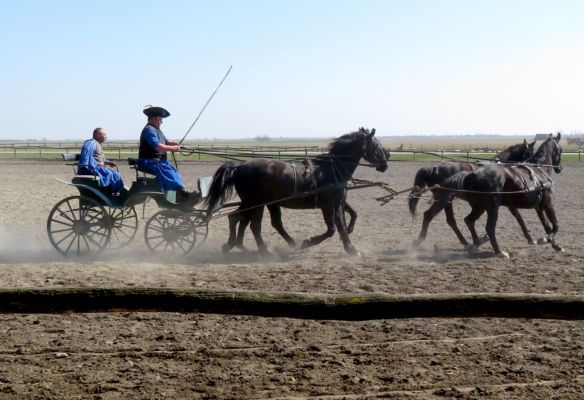
There was also a series of fun competitions between the horses to show off their talents, and a showcase of various traditional styles of carriage, from the lowliest used only by the peasants to some really fancy pieces exclusively used by the rich.
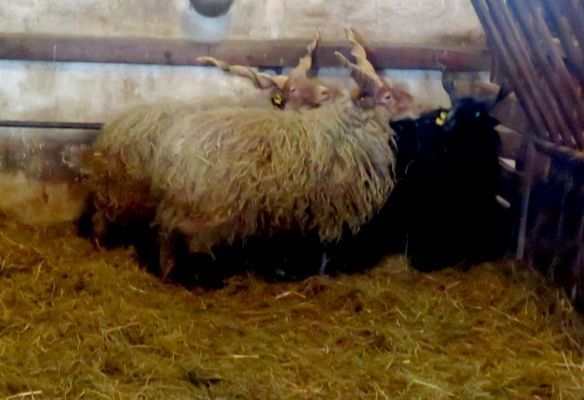
Following the demonstration, there was a fruit brandy tasting, and the chance to look around the stables and fields at some of the livestock, which also included Hungarian great cattle, curly-haired Mangalica pigs, and Racka sheep with their distinctive corkscrew horns, and (of course) more horses. There was also the opportunity for a carriage ride, which a number of us hopped on for a ride around the flat plains.
It was fascinating to gain an insight into rural traditions, and to see another side to Hungary when I’m more familiar with the historic grandeur of Budapest. This is much of the beauty of river cruising; offering you opportunities to visit places off-the-beaten track that you might not otherwise be able to visit so easily, but which can really enhance your appreciation and understanding of destinations, while enjoying unique and memorable experiences.
EMERALD SUN RIVER CRUISE ITINERARIES
You can cruise the Lower Danube with Emerald Cruises on the 9-day Enchantment of Eastern Europe cruise between April and October, visiting Hungary, Croatia, Serbia, Bulgaria, and Romania, and a new 11-day cruise, The Grand Danube , that will cruise between Passau and Belgrade between March and November, adding a taste of Serbia to the classic Danube river cruise.
LOWER DANUBE EMERALD SUN CRUISE REVIEWS
If you would like to find out more about cruising the Lower Danube or cruising with Emerald Cruises, contact our river cruise specialists today
ADDRESS
24A Mill Street, Bedford, MK40 3HD
Cruise enquiries 01234 326758
Holiday enquiries 01234 326778
OPENING HOURS
- Mon - Fri
- -
- Saturday
- Appointment Only
- Sunday
- Closed
For the latest travel advice from the Foreign & Commonwealth Office including security and local laws, plus passport and visa information, visit FCO Travel Aware website
Select Travel Holidays operate under the license of Fred. Olsen Travel
Financial Protection Before You Travel Booking Conditions Privacy Policy Cookie Policy Website Terms of Use Website by TMS


